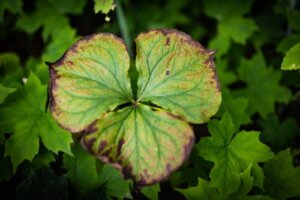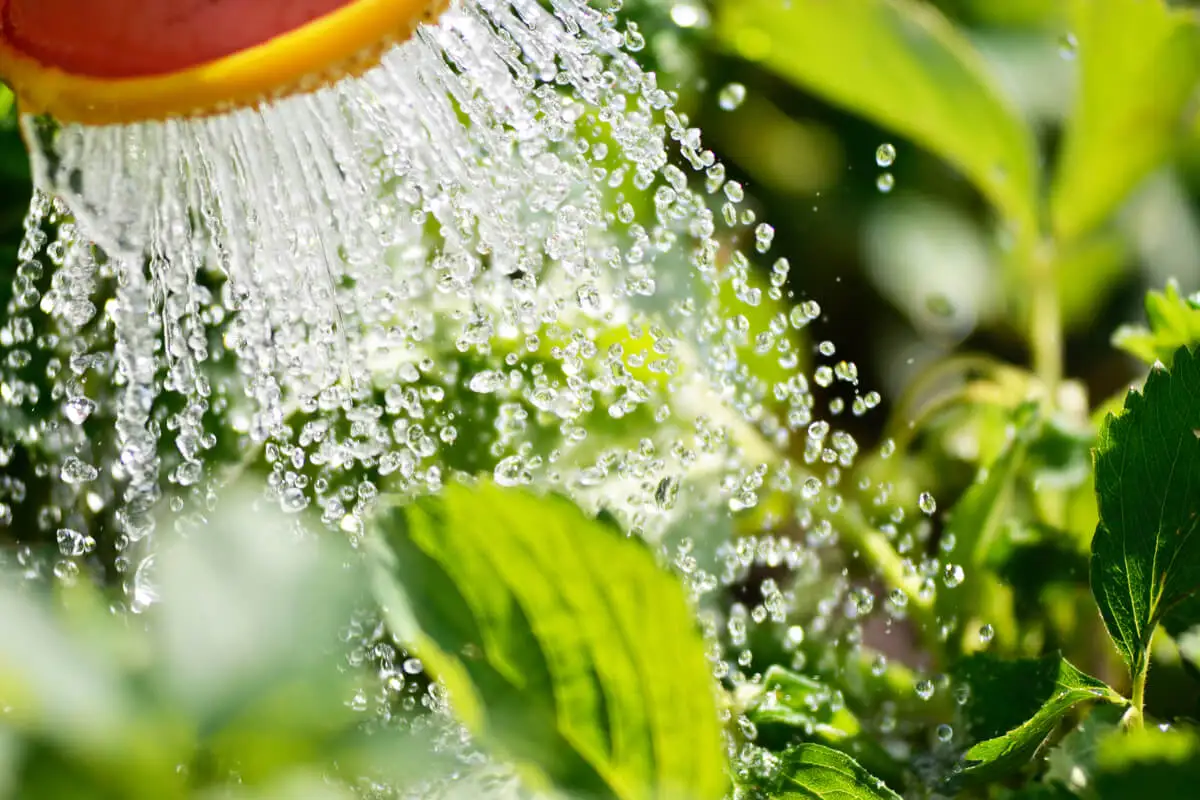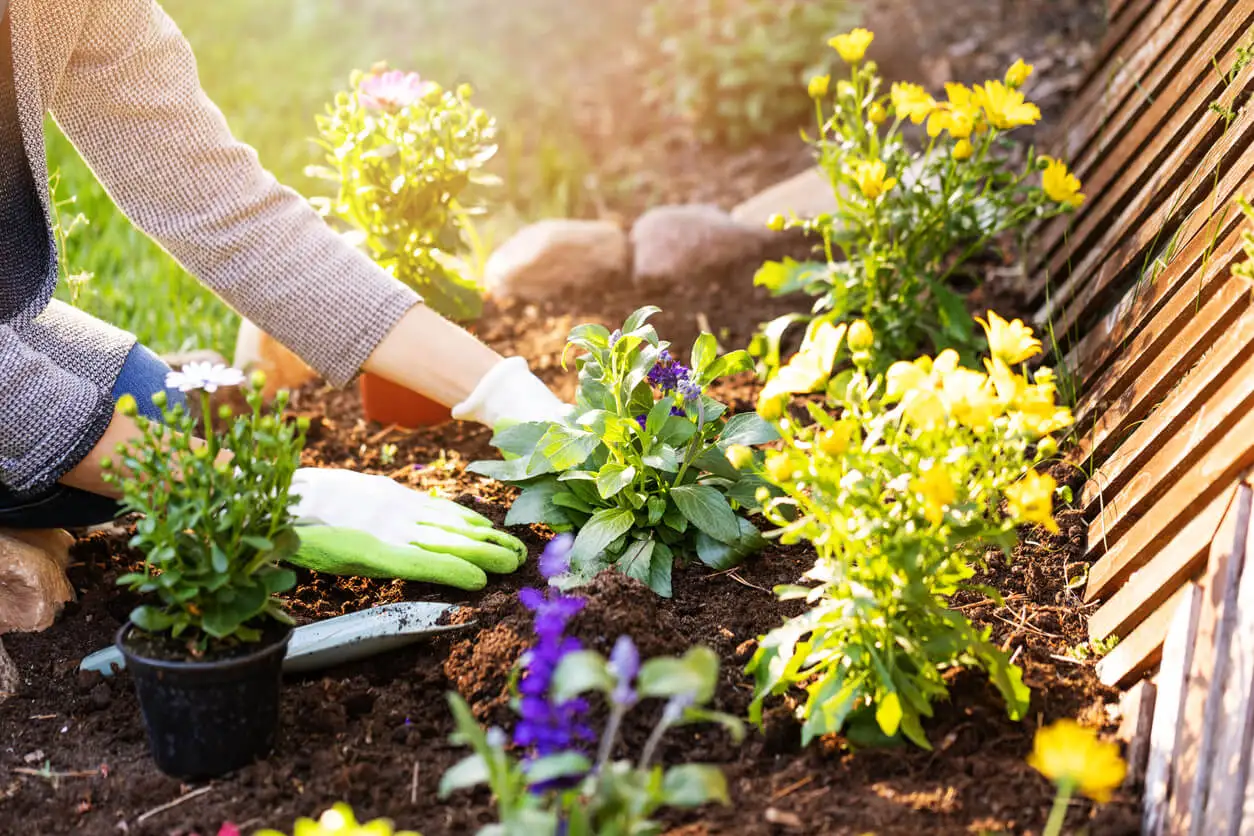Why Do Geranium Leaves Turn Yellow? 8 Possible Reasons With Solutions

A change in the color of geranium leaves can be an indication that something is wrong with the plant, especially when they turn yellow. Geraniums tend to be located in outdoor gardens because of their beautiful rustic appearance. They are also summer plants that are known to be cold-hardy.
They can also withstand drought. But under normal conditions, the geranium demands watering.
On the other hand, the presence of yellow leaves in the geranium is due to various factors that are easy to treat or that will kill the plant for good. Let’s look at some of them.
Factors that can turn geranium leaves yellow
Did you know that one of the reasons your geranium turns yellow is that you are growing an impostor? Growing one plant thinking it’s another is one of the most common mistakes. Find out what other factors harm geraniums.
1. Nutrient-deficient soil
Using the right fertilizer for each plant is very important, as is the amount you apply and how often you apply it. These plants demand balanced fertilizer once a month and this fertilizer should be water-soluble.
As it is, you should know that magnesium is important to the geranium’s diet. It benefits the chlorophyll molecule and provides the beautiful green pigment in the plant.
A deficiency of this element results in a yellow flower, as do low levels of sulfur, zinc, and iron. Check the product label and make sure the food contains them.
But in case the compost lacks the precious elements, you can enrich it with Epsom salts. Interested in knowing if your geranium soil is stocked with nutrients? Use a soil analysis kit.
We think you may be interested in reading this, too: Avoid These 7 Gardening Mistakes and Make Your Plants Bloom in Spring
2. Exaggerated watering
Excessive watering harms the plant; its flowers turn yellow and are not pretty, but the determining sign is that you notice that its leaves, in the lower area, are also affected. This usually happens when it rains in spring.
Geraniums love the sun, as they are native to South Africa, so make sure their soil is almost dry. Use your index finger to test the soil’s moisture; stick it all the way into the second ring and if it comes out dry, it’s time to water the geraniums.

3. Lack of watering
Extremes are bad, including the issue of geranium watering. How do you know that the geranium lacks water? Notice if, in addition to yellow foliage, it has dry edges.
The best way to prevent this from happening is to perform the finger test every 3 to 4 days. On the day of watering, when the soil is dry, water generously.
5. Cold climate
We have already said that geraniums, although they are summer flowers, can be in cold places, but be careful, not at an extreme temperature.
The recommended minimum is 15 degrees Celsius; from there, it’s fatal. However, there have been specimens that survived in hibernation at colder temperatures.
Keep informed of the weather to put your geraniums under cover as soon as they start to turn yellow. This way, frost will not affect your plants.
There are those who, on a very cold night, water their plants a little more than usual. With this, the water acts as an insulator that fortifies the foliage.
5. It has a geranium borer
The geranium borer moth is a complicated insect to eradicate, since when it’s detected it’s because the plant is fully infected. Behind its harmless appearance, this butterfly inflicts significant damage, such as filling the inside of the stems with eggs after creating small holes.
For their part, the larvae devour the plant from the inside by feeding on the sap. How do you know if your geranium has a borer? Observe if it complies with the following signs:
- Yellow leaves
- Significant decline
- Pre-death stage
How to repel the geranium butterfly? Preventive use of insecticides that specifically combat this pest. Proceed with the product near the holes in the stems; this will kill the larvae.
6. Verticillium
The fungus Verticillium spp. can inhibit the growth of geraniums, encourage wilting of the foliage, as well as favor the appearance of yellow leaves. What can you do? Use a special pesticide.
7. Presence of herbicide injury
Herbicide injury is another common factor in why geraniums can turn a different color. This occurs when the plant is being weeded. Therefore, it’s recommended that weeding be done by hand.

8. Viral infections
Approximately 15 viruses can damage geraniums and cause their foliage to turn yellow. It can take up to 3 weeks to detect that the plant is suffering from a virus.
If so, it’s certain that nearby plants are also contaminated by water splashes, aphids or thrips. On the other hand, propagation is another way for viruses to reach geraniums, by cuttings from adult plants.
Isolation of the plant is recommended to neutralize the spread of viruses. While it’s true that geraniums can survive a viral infection, they need treatment with pesticides appropriate for each case.
Like this article? You may also like to read: Plants, Care, and Tips to Start a Butterfly Garden at Home
Don’t forget to take geraniums out in the sun every day
Geraniums love the morning sun. If you take them out for about 5 hours a day, you are sure to keep them healthy.
However, you should also try to keep them out of the rays when the sun is at its highest point. At that time, move them to the shade, as they could become dehydrated.
Remember that each plant requires unique care. In the case of geraniums, you must prevent their leaves from turning yellow.
This text is provided for informational purposes only and does not replace consultation with a professional. If in doubt, consult your specialist.








